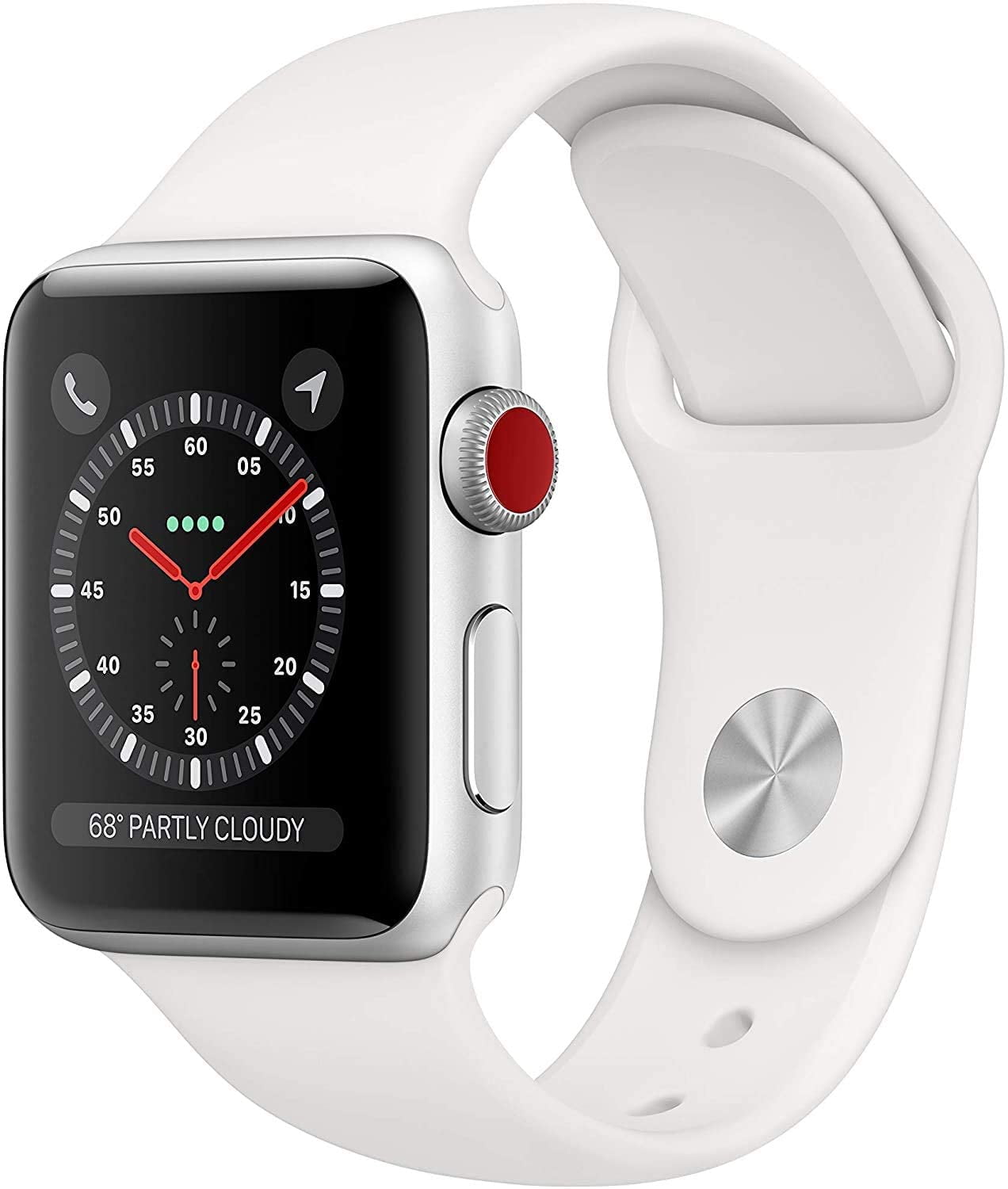
It should take one and a half hours to get to 80% or two hours to reach a full charge. While more battery life would be welcome, especially when using GPS, I found longevity pretty respectable overall.Ĭharging is reasonably quick. The battery life is one reason the Watch isn’t designed as an iPhone replacement. In addition, you can expect only three hours of talk time when paired with an iPhone or just one hour when using LTE from the Apple Watch 3. Apple officially rates GPS usage at around five hours, or four hours when also using LTE, which matched my observations. On glancing at my watch at 2pm, I noticed that the battery was down to 28% already.

I made a brief LTE-based phone call at the end of the race, alongside sending a few iMessages. On the day I ran a half marathon, I took the watch off charge at 6.30am, ran for two hours from 9am, all the while using LTE, GPS and connected to Bluetooth headphones. I can take the Apple Watch 3 off the charge at 8am and by the same time the following morning it’s only at around 50%.Īs always, the real battery drainers are GPS and LTE. That’s with some light use: replying to iMessages, reading a few notifications throughout the day, and having the activity tracking doing its thing in the background. It isn’t atypical for me to go over two days on a single charge.

In my experience – and this was the case with the Series 2, too – I’ve actually found the 18-hour rating rather conservative. This applies for both the cellular and non-cellular options. Apple Watch 3 – Battery life and chargingīattery life is rated the same as the Apple Watch Series 2, which Apple states is 18 hours.


 0 kommentar(er)
0 kommentar(er)
